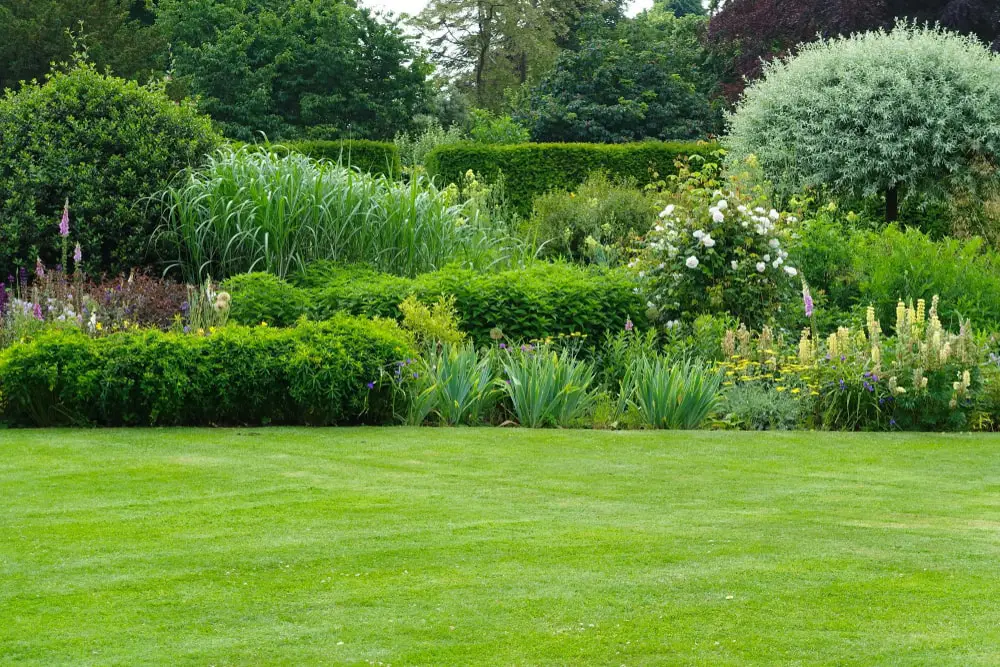Just How Palm Desert Landscaping Can Elevate Your Home's Curb Appeal
Just How Palm Desert Landscaping Can Elevate Your Home's Curb Appeal
Blog Article
A Comprehensive Guide to Creating and Implementing Effective Landscape Design Solutions
The art and science of landscape design prolong beyond plain looks; they include a thoughtful combination of design principles, environmental stewardship, and useful implementation. What methods can one utilize to ensure these landscapes not just thrive yet likewise grow in harmony with their environments?

Recognizing Landscape Style Concepts
One may wonder what fundamental aspects add to reliable landscape layout. At its core, effective landscape design rests on numerous crucial concepts that direct the setup and option of aspects within an area. These principles include unity, rhythm, balance, and percentage, each serving to produce an unified outdoor setting.
Unity describes the natural relationship amongst various parts, making sure that they collaborate visually and functionally. Balance can be attained with symmetrical or unbalanced setups, permitting the landscape to feel stable and inviting. Percentage involves recognizing the scale of aspects in regard to each other and the surrounding atmosphere, advertising visual consistency and comfort.

Assessing Your Outdoor Area
Before applying the principles of landscape layout, a complete assessment of your outdoor room is essential. This initial analysis helps define the range of your landscape design task and ensures that your design lines up with the special features of your home. Begin by examining the dimensions of your space, taking accurate measurements to comprehend the available location for numerous elements such as outdoor patios, gardens, and pathways.
Next, observe the existing functions of your landscape, consisting of topography, soil quality, and drainage patterns. These aspects significantly affect plant selection and positioning. Furthermore, analyze the sunshine exposure throughout different areas throughout the day, as this will influence the types of plants that flourish in your garden.
Take into consideration the microclimates produced by frameworks, trees, and various other barriers, as they can influence temperature level and moisture degrees. Finally, bear in mind of any type of existing plants or hardscape elements that you desire to preserve or get rid of. This comprehensive evaluation prepares for a educated and reliable landscape design option, making sure that your layout is not only aesthetically pleasing yet lasting and also practical for many years to come.
Sustainable Landscape Design Strategies
These techniques not only advertise environmental equilibrium but also improve the visual and practical value of a landscape. Applying effective watering systems, such as drip irrigation, decreases water waste and guarantees that plants obtain appropriate dampness (Palm Desert Landscaping).

An additional efficient strategy is the tactical placement of shrubs and trees to offer all-natural windbreaks and color, thus decreasing energy prices (Palm Desert Landscaping). Rainfall yards can be integrated right into next the landscape style to take care of stormwater overflow properly, filtering pollutants before they go into rivers
Selecting the Right Plant Kingdoms
Choosing the right plants for your landscape is essential to attaining both visual appeal and ecological harmony. The procedure begins with an understanding of your local climate, soil problems, and the certain microenvironments within your landscape. Evaluating variables such as sunlight direct exposure, dampness degrees, and existing vegetations will certainly assist you pick plants that prosper in your one-of-a-kind setup.
Think about including native plants, as they are well-adapted to neighborhood problems, need less maintenance, and assistance neighborhood wildlife. Furthermore, selecting a diverse range of types can boost biodiversity while reducing the danger of condition and pest outbreaks. It is vital to review the growth behaviors, blooming periods, and seasonal colors of possible plants to develop a cohesive and vibrant landscape.
Additionally, think regarding the meant usage of the area; as an example, if the location will certainly experience high foot traffic, select durable ground covers. By thoughtfully choosing plants that align with both your you can look here aesthetic objectives and environmental demands, you can produce a sustainable landscape that not only improves your residential property but likewise contributes favorably to the bordering community.

Application and Maintenance Methods
When the right plants have been picked for your landscape, the focus moves to reliable execution and continuous maintenance methods. Effective setup begins with correct site prep work, that includes dirt testing to establish nutrient levels and pH, followed by changing the soil as needed. Thoroughly organize plants sites according to their growth habits and light requirements, guaranteeing ample spacing to promote healthy and balanced growth.
Irrigation is a critical component of implementation. Establish a watering schedule that considers the specific needs of each plant types, adjusting for seasonal modifications. Utilizing drip watering systems can boost water performance and lower drainage.
Upkeep techniques have to be executed to make sure the longevity and vitality of your landscape. Routine jobs consist of weeding, mulching, and pruning to manage growth and prevent disease. Fertilizing ought to be carried out based upon soil examinations, supplying the required nutrients without over-fertilizing.
Monitoring for conditions and bugs is important; early detection can avoid considerable damages. Finally, seasonal changes to upkeep regimens, such as winterizing perennials and preparing for springtime growth, will certainly guarantee that your landscape continues to be aesthetically attractive and healthy and balanced year-round.
Final Thought
Successful implementation and continuous upkeep additionally guarantee the long life and vigor of landscapes. By incorporating these components, landscapes can be transformed into gorgeous, useful atmospheres that promote biodiversity and contribute positively to community well-being.
One might wonder what fundamental components add to reliable landscape style. At its core, effective landscape design hinges on several crucial concepts that lead the setup and choice of aspects within an area.Selecting the right plants for your landscape is essential to achieving both visual allure and eco-friendly harmony. It is necessary to review the development routines, blooming periods, and seasonal shades of potential plants to develop a natural and dynamic landscape.
As soon as the ideal plants have been chosen for your landscape, the emphasis shifts to efficient execution and continuous maintenance techniques.
Report this page